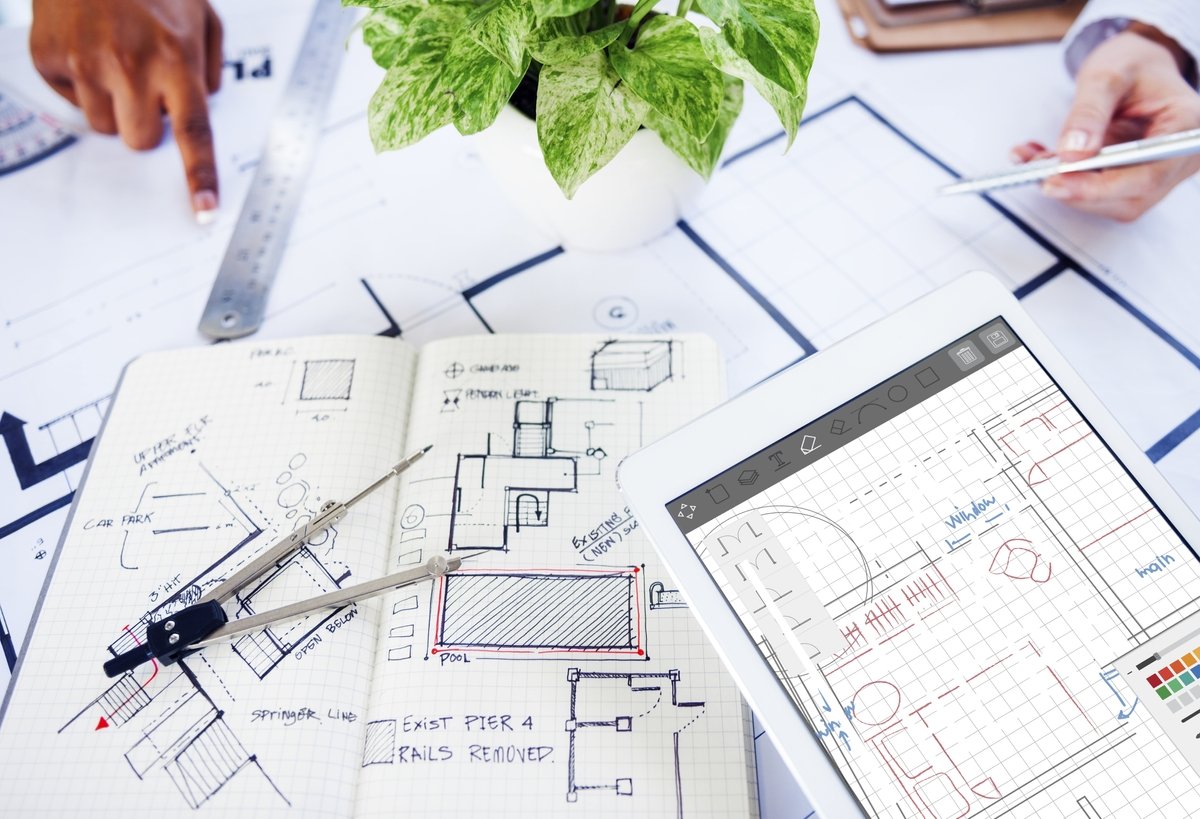What to Include in Every Kids Room
RH Business Marketing Solutions
The Perfect Child's Room: Creating a Safe, Engaging, and Fun Environment
Creating the perfect room for your child can be a daunting task. You must consider many variables, including furniture, colors, and hundreds of other tiny details. But, at the core of these decisions, you get an excellent opportunity to build a haven that showcases your child's personality and passions while encouraging healthy growth and development.
The perfect child's room, as you imagine it, is a beautiful collision of educational tools, safety measures, and personal interests like dolls or action figures. We'll give you ideas to help you create the perfect child's room that ensures safety, encourages creativity, and keeps them entertained for hours below.
Ensuring Your Child's Room is Safe
As parents, your child's safety is always on your mind. So, their room has to be one of the safest spaces in the home. A few safety measures to keep in mind include but are not limited to:
● Secure the Furniture - Most kids love to explore and are very curious. Anchoring heavy furniture pieces like bookcases, dressers, or TV stands to the wall can stop them from tipping over and falling on your child.
● Safe Toy Storage - Buy toy storage units that have removable lids, or go for open containers to store all of your child's favorite toys. These are much safer than hinged, heavy chests that can accidentally lock your kid inside.
● Put Non-Slip Rugs Down - Kids love to run around as they play, and adding a few non-slip mats under any area rug gives your child more secure footing. You also want to buy rugs with short piles to prevent your kid from tripping and falling.
● Secure the Windows - Window stops and guards are critical in your kid's room. Along with installing them, make a point to keep all the furniture away from the windows and discourage your kids from climbing and risking a fall.
● Smoke Detector - Install a smoke detector out of your child's reach in their room and make a point to test it regularly. It's also a good idea to consider installing a carbon monoxide detector somewhere in the room.
Incorporate Fun and Learning Essentials
Ideally, your kid's room will be a space where their imaginations can take over, and they can learn while they play. This means you should have some fun learning toys or design certain areas of the room to promote these essentials. To do so, you can consider adding one or a few of the following:
● Themed Corners - Use the corners of the room to create fun areas with your child's favorite subjects. Maybe they're a huge superhero or action figure person, or they like dolls. Stocking this area helps encourage imaginative play.
● Reading Nooks - Design a comfortable reading nook with plush chairs or cushions that encourages your child to relax and read. You can stock a low bookshelf with their favorites too.
● Art Station - Setting up an art station with easels, crayons, drawing paper, and washable markers can encourage your child's imagination while helping to develop their fine motor skills.
● Educational Toys - Toys like building blocks, puzzles, and science kits can make learning engaging and fun for your child. These toys are great for helping stimulate critical thinking and problem-solving skills, and this helps with cognitive development.
Dangerous Items to Avoid in Your Child's Room
While you work to create a fun, vibrant atmosphere for your kid in their room, there are a few things you want to avoid. These things include:
● Small Objects - Small parts from toys are choking hazards for children under three years old. When your child is this young, choose larger, child-friendly toys.
● Unsecured Heavy Furniture - Any heavy furniture that isn't anchored to the floor or wall is a tipping hazard. Secure these items so your child doesn't get hurt by falling furniture.
● Loose Wires or Cords - Wires or cords can present a danger if you leave them in your kid's reach. Use cord wind-ups and shorteners to keep them out of reach and prevent strangulation risks.
● Toxic Materials - Take time to ensure each item you bring into your child's space, including furniture, rugs, paints, and toys, are free from harmful substances like lead or phthalates.
A Happy Ending - Final Thoughts on Creating the Perfect Child's Room
Creating a haven for your child is a very fine balancing act of creating a fun, stimulating environment while ensuring it's safe. Your child will learn, play, sleep, dream, and grow in this room. By being careful when you pick out all of the elements that make up the room, you can create a comfortable and safe space.
While you focus on the design, make sure to avoid potential hazards. Your goal is to create a sanctuary where your child can be themselves, learn, and explore their interests while you get the peace of mind that comes with knowing you made this space for them. With careful planning and execution, the perfect child's room is in your grasp.
Written by Taylor McKnight, Author for LOL Surprise













